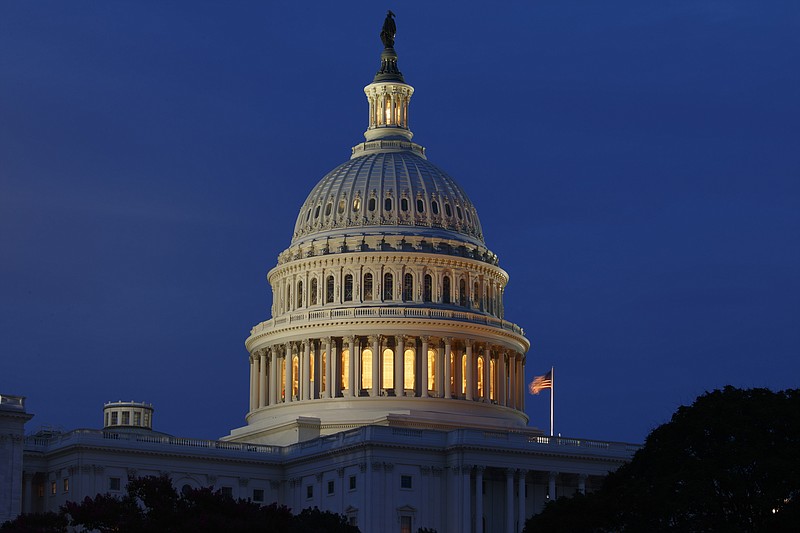The Congressional Budget Office said the federal government is on track for a $2.3 trillion deficit this year, down roughly $900 billion from last year when the coronavirus pandemic led Congress to provide historic amounts of financial aid.
Stronger economic growth has helped to reduce the anticipated shortfall for this year. Still, the deficit could soon be revised upward if President Joe Biden's $1.9 trillion coronavirus relief package becomes law. The additional aid - coming after roughly $4 trillion was approved last year - would add more red ink once enacted but isn't included in Thursday's CBO projections.
Excluding the Biden plan, this year's deficit will equal 10.3 percent of gross domestic product - a measure of the total value of the economy's goods and services.
The CBO expects the budget deficit to fall to about $1 trillion in 2022 as the economy heals. Deficits are supposed to average 4.4 percent of GDP from 2022-31.
Decades of deficit spending has meant the total federal debt held by the public is slightly larger than GDP. That figure is projected to rise to 107 percent of GDP by 2031 as spending on Medicare and Social Security increases.
Shai Akabas, economic policy director at the Bipartisan Policy Center, said additional coronavirus relief should be a priority.
"When it comes to recovery, the country faces many challenges that are likely to require an infusion of federal resources," Akbas said. "But it is crucial that lawmakers balance any new investment with a commitment to stabilizing the precarious fiscal picture that CBO highlighted today. In this realm, 'wait and see' is not a strategy - it is a fiscal risk."

